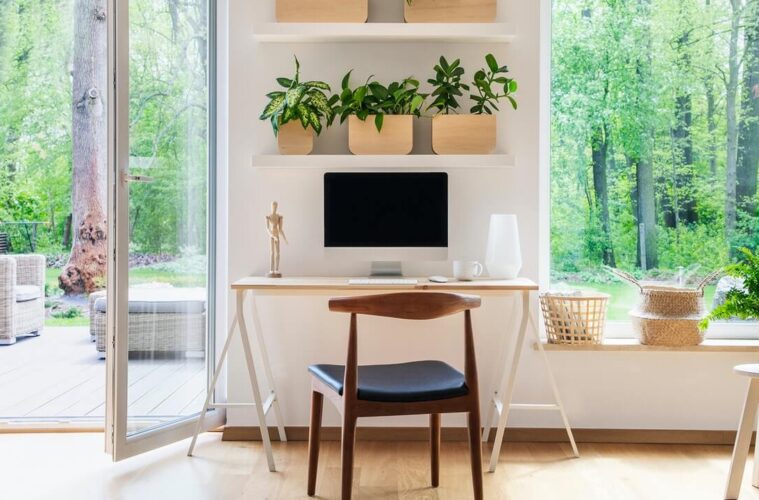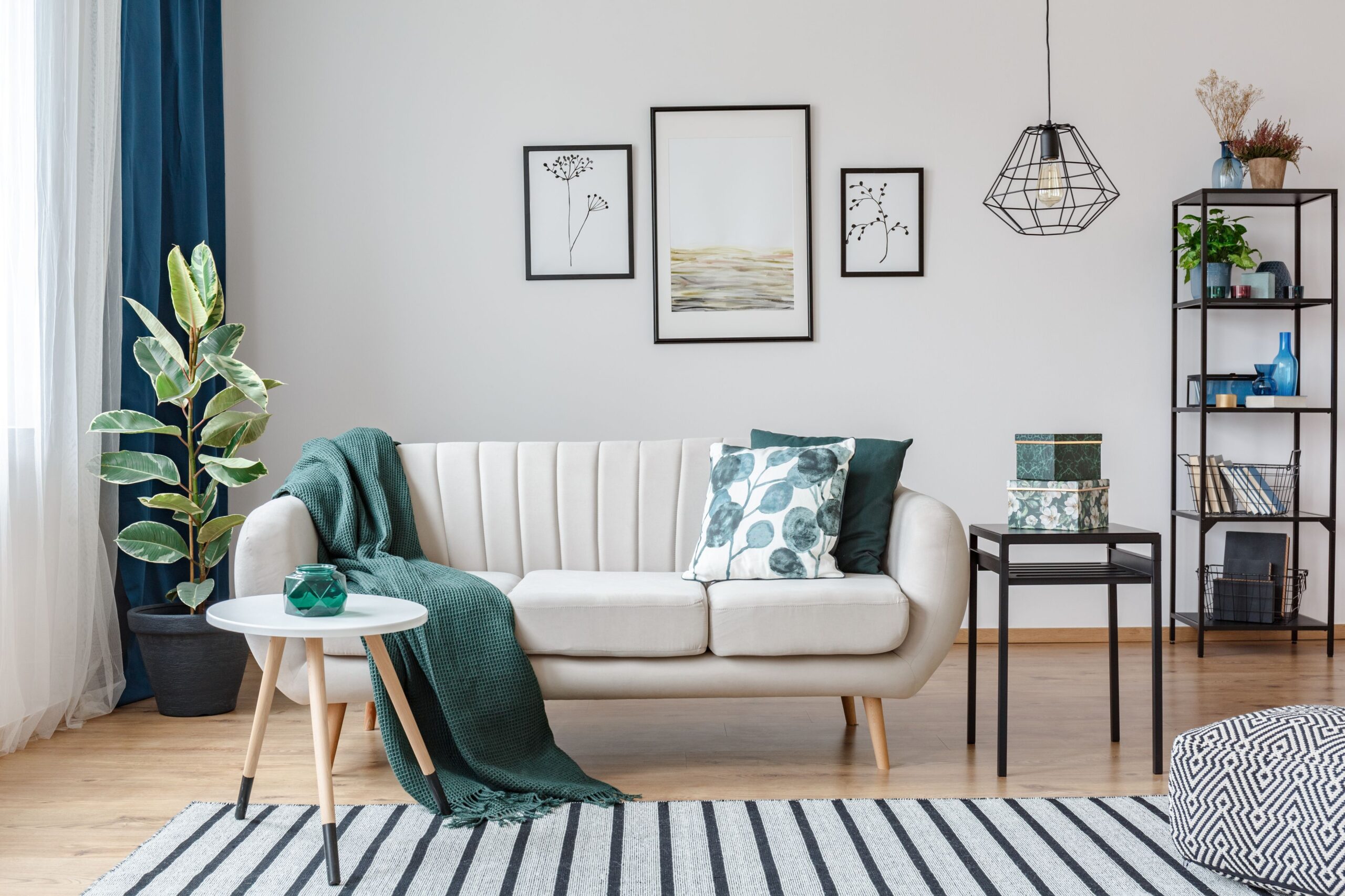Indoor air pollution has always been a threat to health, and people are just now coming to grips with the gravity of its effects. Worldwide, over 3.8 million fatalities directly linked to indoor air pollution occur every year, according to the World Health Organization. As it stands, preserving indoor air quality has arguably become more pressing of a concern than conserving energy in the home. Here’s what you need to do to ensure that the air in your living spaces doesn’t compromise your health.
Keep your living spaces clean, ventilated, and protected from further pollution
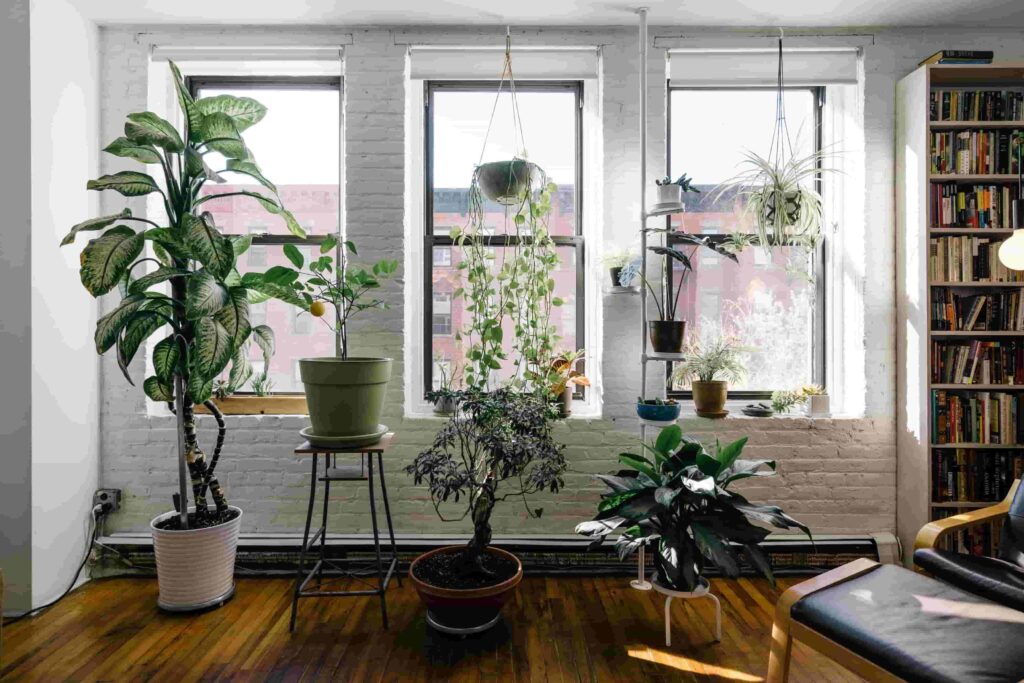
source: withings.com
Good indoor hygiene focuses on reducing accumulated particulate matter. Vacuum the carpets using a vacuum cleaner equipped with a HEPA filter and regularly clean the items that tend to attract allergens, like bedding and drapes at least once or twice a week, especially if you have pets. Consider washing in water that is at least 130° F and using dust-mite proof covers for pillows, mattresses and box springs as per recommendation of The American Academy of Allergy, Asthma & Immunology. You should also control the source of pollutants to limit the amount of pollution indoors. Some sources that are contained can be sealed or enclosed, while others like gas stoves can be adjusted to minimize the amount of emission that can affect indoor air quality. In many instances, it was also proven to be a more cost-efficient solution than increasing ventilation.
On the other hand, natural ventilation increases the amount of outdoor air coming inside the house and can also lower the concentration of air pollutants indoors. If the weather permits, open windows, doors and attic fans, or run a window air conditioner with the vent control open to increase the outdoor ventilation rate. Installed bathroom and kitchen fans that exhaust outdoors can also increase outdoor ventilation rate. New homes are also starting to adapt designs that add a mechanical feature that can bring outdoor air indoors through a HVAC system. The designs include energy efficient heat recovery ventilators to mitigate the cost of cooling and heating of air.
Know when to invest in professional services
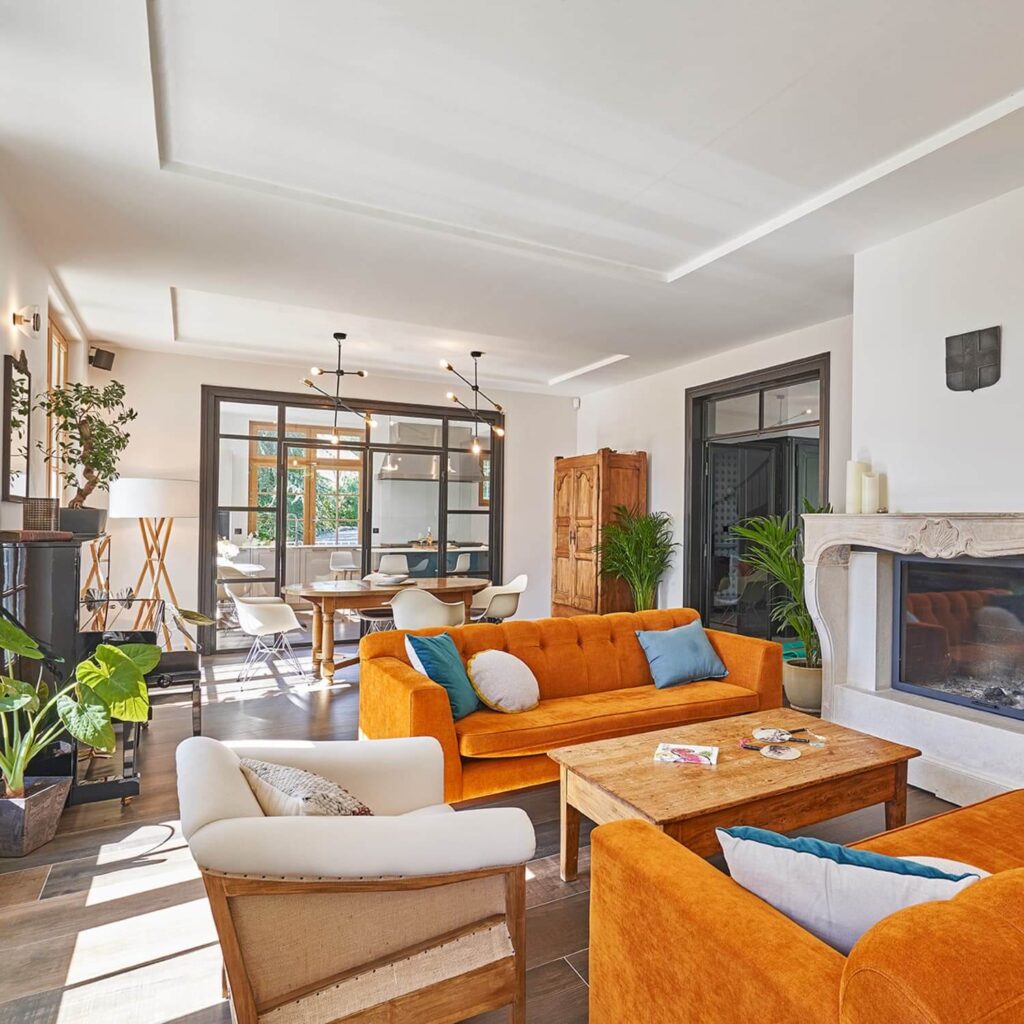
source: camfil.com
If you’re having trouble clearing pollutants from indoor air, consider professional air cleaner installation. Air cleaners on the market range from inexpensive table-top models to expensive whole-house systems, some of which are highly effective at particle removal. Not all of them are easy to set up and install, however. To find out which is the best fit for your house, you’re advised to consult air cleaner installation professionals.
As effective as they are against particulate pollutants, air cleaners are not designed to remove gaseous pollutants, regardless of their circulation rate. Pollutants like VOCs( Volatile Organic Compounds) are gaseous, meaning air purification methods like electrostatic purification or traditional filtering cannot get rid of them. If you suspect VOCs are present in your house, contacting a professional cleaning service may be the best action to take. There is also the danger of advanced chemical pollutants, such as radon, proliferating through your house. This chemical is colorless, odorless, and cancer-causing. It’s also difficult to know if your house has radon or is prone to having it, so getting a radon test kit is the only reliable way to know for sure. If you do detect radon, hiring a mitigation professional is the only real way to get rid of it.
Be aware of the hidden dangers to your indoor air quality
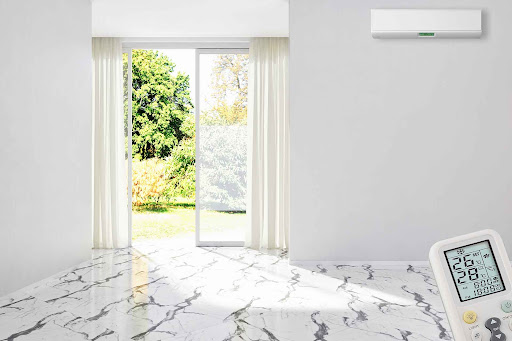
source: pinterest.com
There are a few things that can critically undermine your efforts to keep your home pollution-free. One of these are house plants. Depending on indoor humidity and how much you water your plants, the soil they’re planted in can become a breeding ground for microorganisms and mold. And despite what some may believe about their air purifying powers, there is no conclusive evidence that the average amount of houseplants could remove a noticeable amount of pollutants. Using space heaters, beauty products, and most cleaning products can also cause the spread of particulates and gases.
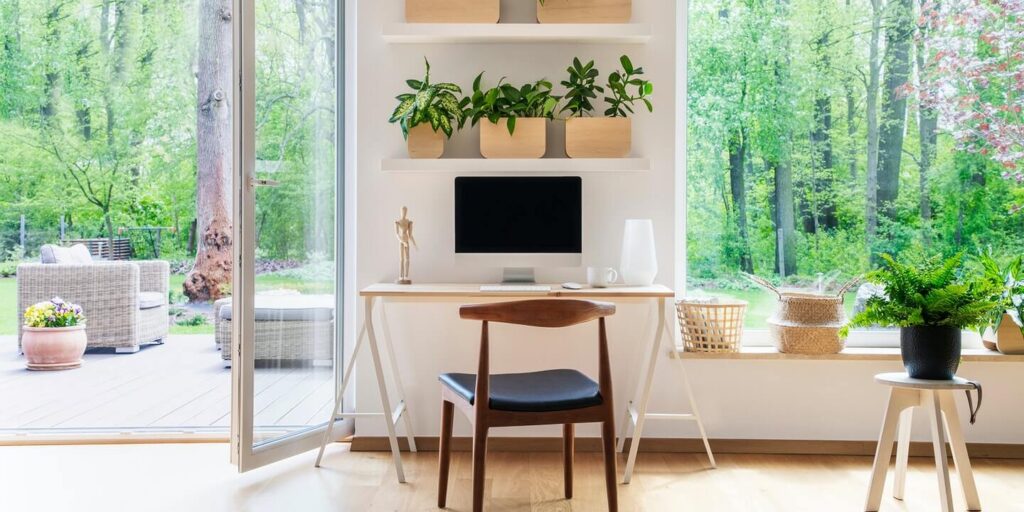
source: mwg.aaa.com
For a topical example, UV light air purifiers have started to ramp up in popularity lately as a means of combating COVID-19. However, there is no scientific basis for this at the moment, although studies are underway. But the main concern here is it might harm your health more than it helps your indoor air purity. UV-C radiation is nothing to scoff at, and UV purifiers can emit concerning amounts of ozone. Even trace amounts of ozone can cause various respiratory irritations, or even illnesses. Remember to avoid these objects to ensure that your indoor air remains pure.
With better indoor air quality control practices, you enable yourself to rest easy knowing that your home is a space free of disease-causing substances. Coupled with stringent personal precautions, nothing outside your walls or within can threaten your health and wellbeing.

